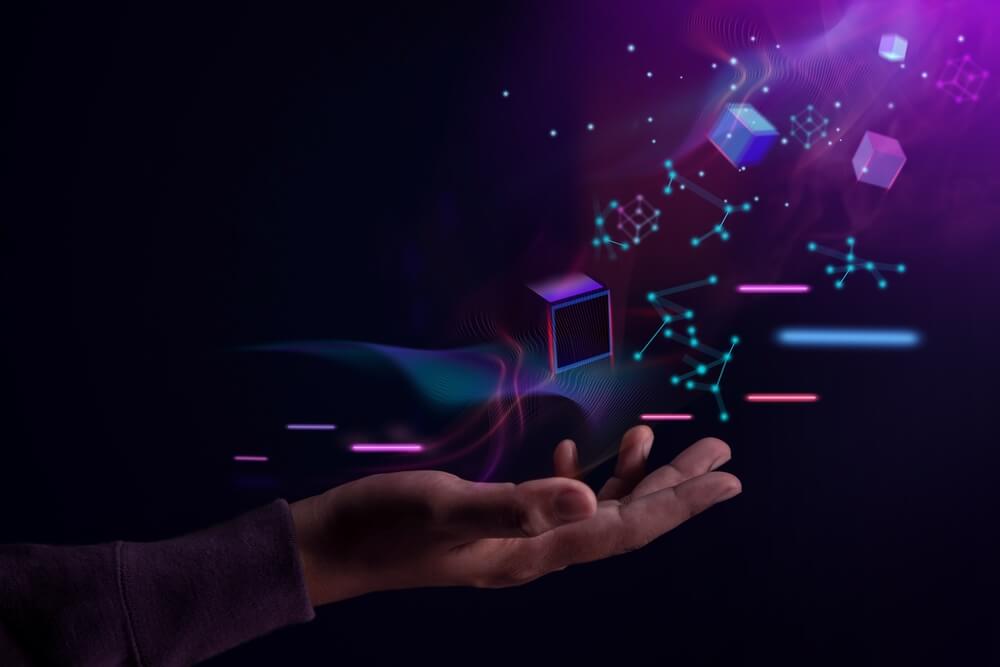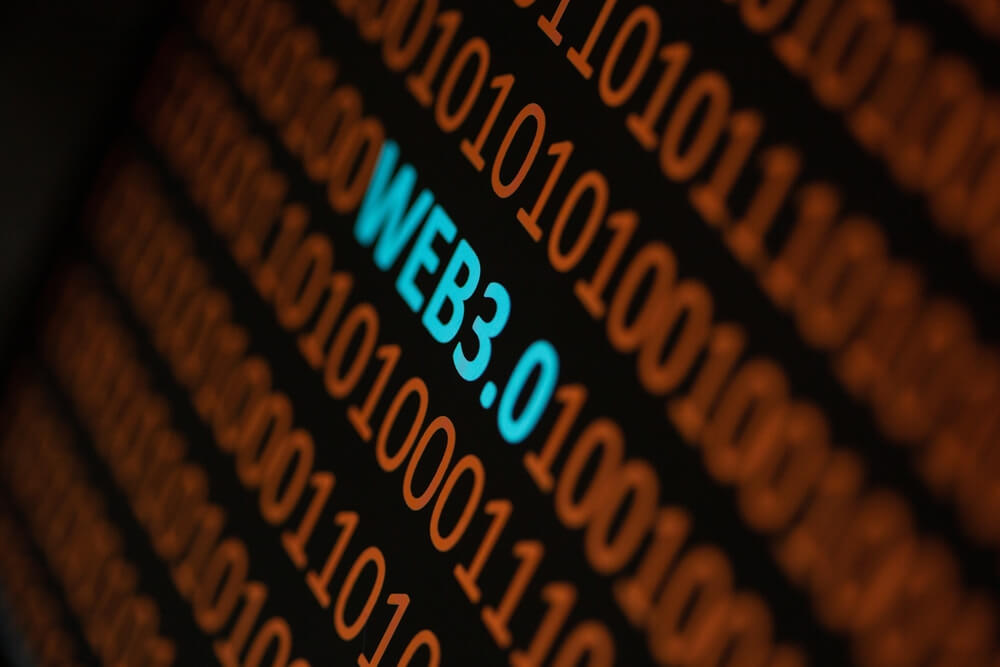In the ever-evolving landscape of the internet, a new paradigm is emerging that promises to redefine the way we interact, transact, and communicate online. This paradigm is known as Web3, and it carries the potential to revolutionize the digital world as we know it.
As the World Web3 Conference draws nearer, in this blog post, we’ll delve into the intricacies of Web3, exploring its core concepts, the decentralized web it envisions, and the revolutionary impact it could have on our lives.
Understanding Web3: Beyond Web 2.0

To comprehend the significance of Web3, it’s essential to revisit its predecessors briefly. Web 1.0, often referred to as the static or read-only web, was characterized by static web pages with limited user interaction. With the advent of Web 2.0, the internet transformed into a dynamic, interactive space, marked by social media, user-generated content, and collaborative platforms. However, Web 2.0 is dominated by a few powerful entities that control and profit from user data, leading to concerns about privacy and centralization.
Web3, in essence, represents a move towards a decentralized and user-centric internet. At its core, it leverages blockchain technology to create a more transparent, secure, and equitable online environment.
The Evolutionary Leap: From Centralized to Decentralized
The transition from Web 1.0 to Web 2.0 marked a significant leap in the evolution of the Internet, introducing dynamic interactions and user-generated content that defined the digital era. However, the drawbacks of Web 2.0 soon became apparent as a handful of tech giants amassed unprecedented control over user data, raising valid concerns about the concentration of power and the exploitation of personal information.
Web3 emerges as the next evolutionary step, responding to the shortcomings of its predecessors. By embracing decentralization, Web3 seeks to shift the power dynamic away from centralized authorities and back into the hands of users. This paradigmatic shift is not just about technological advancement; it embodies a philosophy that values user autonomy, privacy, and security. Blockchain technology acts as the linchpin, providing the necessary infrastructure to manifest this vision of a more transparent, secure, and equitable internet.
In essence, Web3 is a response to the limitations and challenges posed by the centralized nature of Web 2.0. It represents a conscious effort to learn from past mistakes and chart a course toward a digital landscape that prioritizes the interests and rights of the individual. As we navigate this transformative journey, understanding the evolution from Web 1.0 to Web 2.0 becomes a crucial foundation for appreciating the revolutionary potential that Web3 holds in reshaping our digital future.
Decentralized Web: A Paradigm Shift
One of the key components of Web3 is the decentralized web. Unlike the current internet infrastructure, which relies heavily on centralized servers owned by tech giants, a decentralized web distributes data across a network of computers, reducing the control of any single entity. Blockchain technology, the backbone of Web3, plays a pivotal role in enabling this decentralization.
Blockchain, a distributed ledger technology, ensures transparency and security by recording transactions across a network of computers. This eliminates the need for a central authority, as consensus mechanisms authenticate and validate transactions. As a result, the decentralized web becomes resistant to censorship, manipulation, and single points of failure.
Web3 Components: Blockchain and More
Blockchain technology, though fundamental to Web3, is just one piece of the puzzle. Web3 encompasses a range of technologies and protocols, each contributing to its decentralized vision. Smart contracts, for instance, are self-executing contracts with the terms of the agreement directly written into code. These contracts run on blockchain networks, automating and enforcing the terms without the need for intermediaries.
Additionally, decentralized identity solutions, such as decentralized identifiers (DIDs) and verifiable credentials, empower users to control their personal information without relying on centralized entities. This shift towards user-centric control addresses privacy concerns associated with traditional web services.
Web3 Applications: Beyond Cryptocurrencies
While cryptocurrencies like Bitcoin and Ethereum are often associated with Web3, its applications extend far beyond digital currencies. Decentralized finance (DeFi) platforms leverage blockchain to offer financial services without intermediaries, enabling peer-to-peer transactions, lending, and more. Non-fungible tokens (NFTs), unique digital assets verified on the blockchain, have gained immense popularity in the art and entertainment industries.
Moreover, Web3 aims to disrupt traditional social media and content-sharing platforms by providing users with ownership and control over their data. This shift could mitigate the challenges posed by centralized platforms, where user data is monetized without adequate consent.
The Revolutionary Impact of Web3
As we stand on the cusp of the Web3 revolution, it’s crucial to grasp the potential impact on various facets of our lives. Here are some key areas where Web3 could bring about revolutionary changes:
- Data Ownership and Privacy: Web3 strives to give users greater control over their data, mitigating concerns related to privacy breaches and unauthorized data exploitation by central authorities.
- Financial Inclusion: Decentralized finance has the potential to democratize financial services, providing access to banking, lending, and investment opportunities for individuals who are currently underserved or excluded.
- Censorship Resistance: The decentralized nature of Web3 makes it more resistant to censorship, ensuring that information and services remain accessible even in regions with strict censorship policies.
- Creative Empowerment: Artists, musicians, and content creators stand to benefit from Web3’s commitment to giving creators direct control over their work through NFTs and blockchain-based content distribution.
- Trust and Transparency: The transparency inherent in blockchain technology can enhance trust in various sectors, from supply chains to voting systems, by providing an immutable record of transactions.
Challenges and Considerations

As we embark on the journey toward Web3, it’s imperative to confront the obstacles that stand in the way of its full realization. One of the foremost challenges is scalability. Blockchain networks, which underpin the decentralized architecture of Web3, face limitations in handling a massive number of transactions simultaneously. This hurdle must be surmounted to ensure that Web3 can accommodate the growing demands of a global user base seamlessly.
Energy consumption is another critical consideration. Some existing blockchain technologies, notably those utilizing proof-of-work consensus mechanisms, have faced criticism for their environmental impact. The energy-intensive nature of these systems raises concerns about sustainability, prompting the need for innovative solutions that align with broader environmental goals. Web3’s success hinges on transitioning to more eco-friendly consensus mechanisms and promoting sustainability in the digital realm.
Furthermore, the regulatory landscape surrounding blockchain and cryptocurrencies presents a multifaceted challenge. Divergent regulations globally can impede the widespread adoption of Web3 technologies, creating uncertainty for developers, investors, and users alike. Achieving a harmonized regulatory framework that fosters innovation while safeguarding users and businesses will be crucial in unlocking the full potential of Web3.
Addressing these challenges requires a concerted effort from the Web3 community, including developers, regulators, and users. Collaborative initiatives to improve scalability, reduce energy consumption, and establish clear regulatory guidelines can pave the way for a smoother transition to the decentralized future envisioned by Web3.
However, it’s important to view these challenges not as roadblocks but as opportunities for growth and improvement. The Web3 community is dynamic and innovative, consistently pushing the boundaries of what’s possible. Solutions are already in development, with projects exploring novel consensus mechanisms and energy-efficient protocols and engaging in constructive dialogues with regulators.
In overcoming these challenges, Web3 has the potential to deliver on its promises in ways that redefine our digital landscape. A decentralized, user-centric internet, underpinned by transparent and secure technologies, awaits on the horizon. By navigating these challenges thoughtfully and collaboratively, the Web3 community can usher in a new era of innovation, inclusivity, and empowerment. The journey may be arduous, but the destination promises a digital future that empowers individuals, fosters trust, and revolutionizes the way we experience the online world. As we confront the challenges ahead, optimism prevails, driven by the belief that Web3 has the transformative power to create a more resilient, equitable, and positive internet for generations to come.
Embracing the Decentralized Future
Web3 represents a seismic shift in the way we perceive and interact with the internet. By embracing decentralization, blockchain technology, and user-centric principles, Web3 has the potential to create a more inclusive, transparent, and equitable digital landscape. As we navigate the complexities of this transformative journey, it’s crucial to stay informed and engaged with the evolving landscape of Web3, for it holds the key to a truly revolutionary online future.


